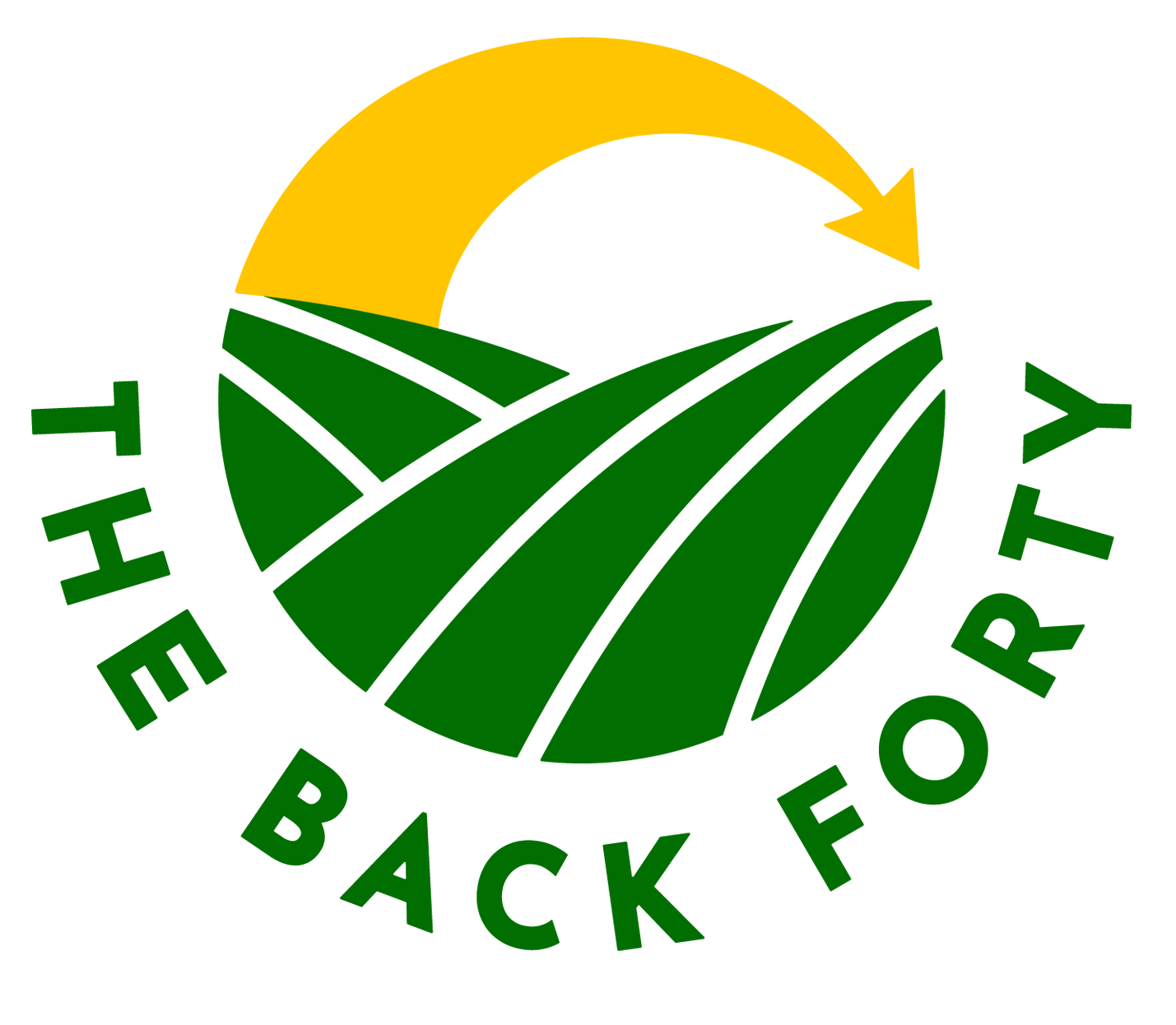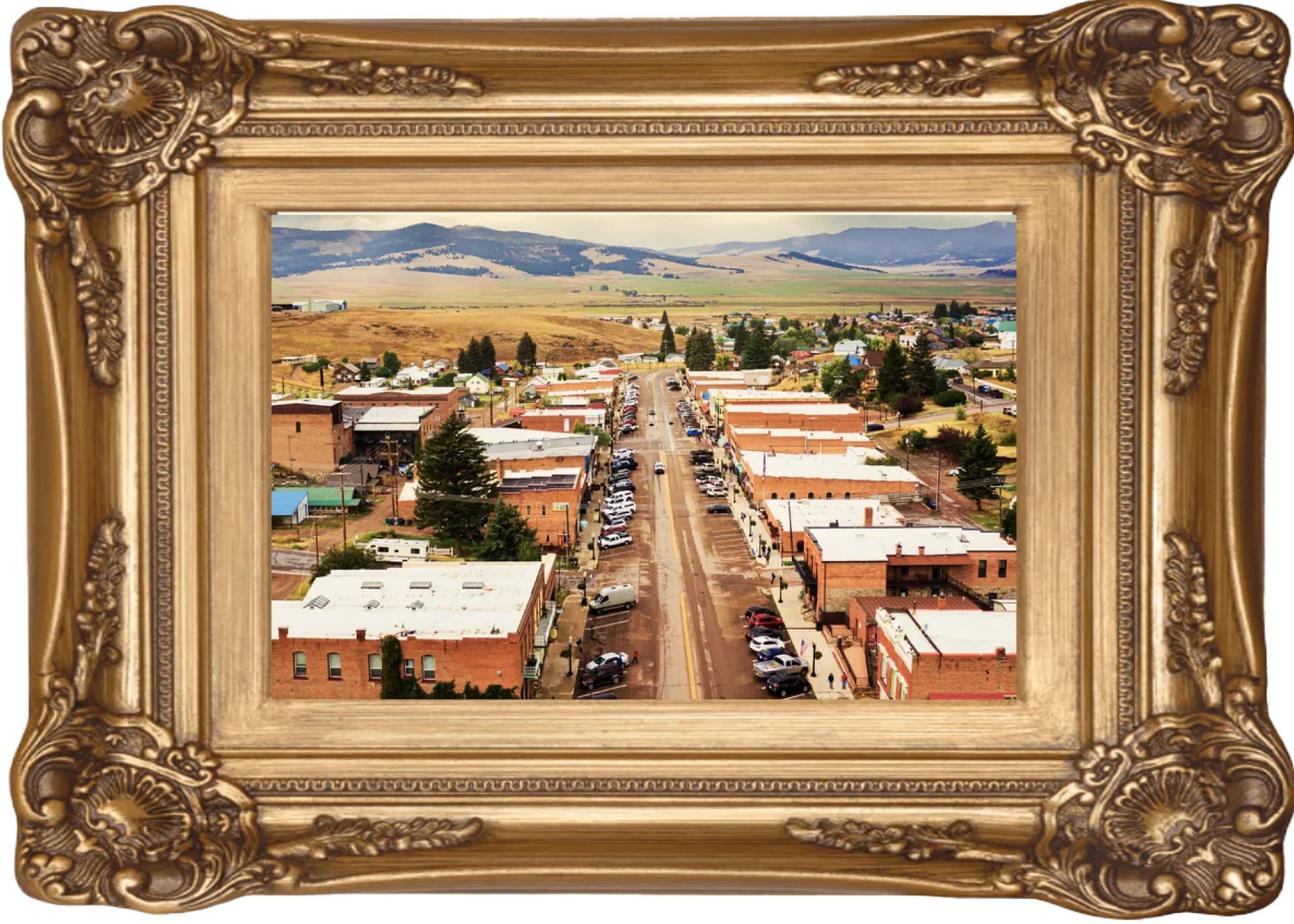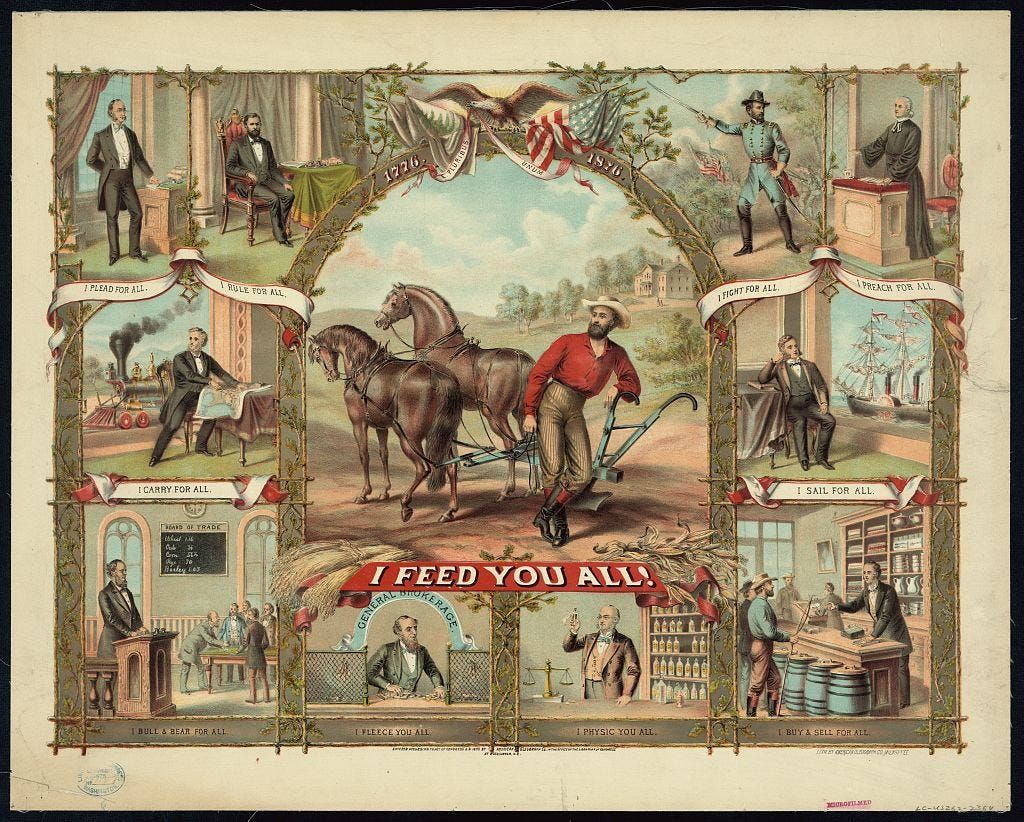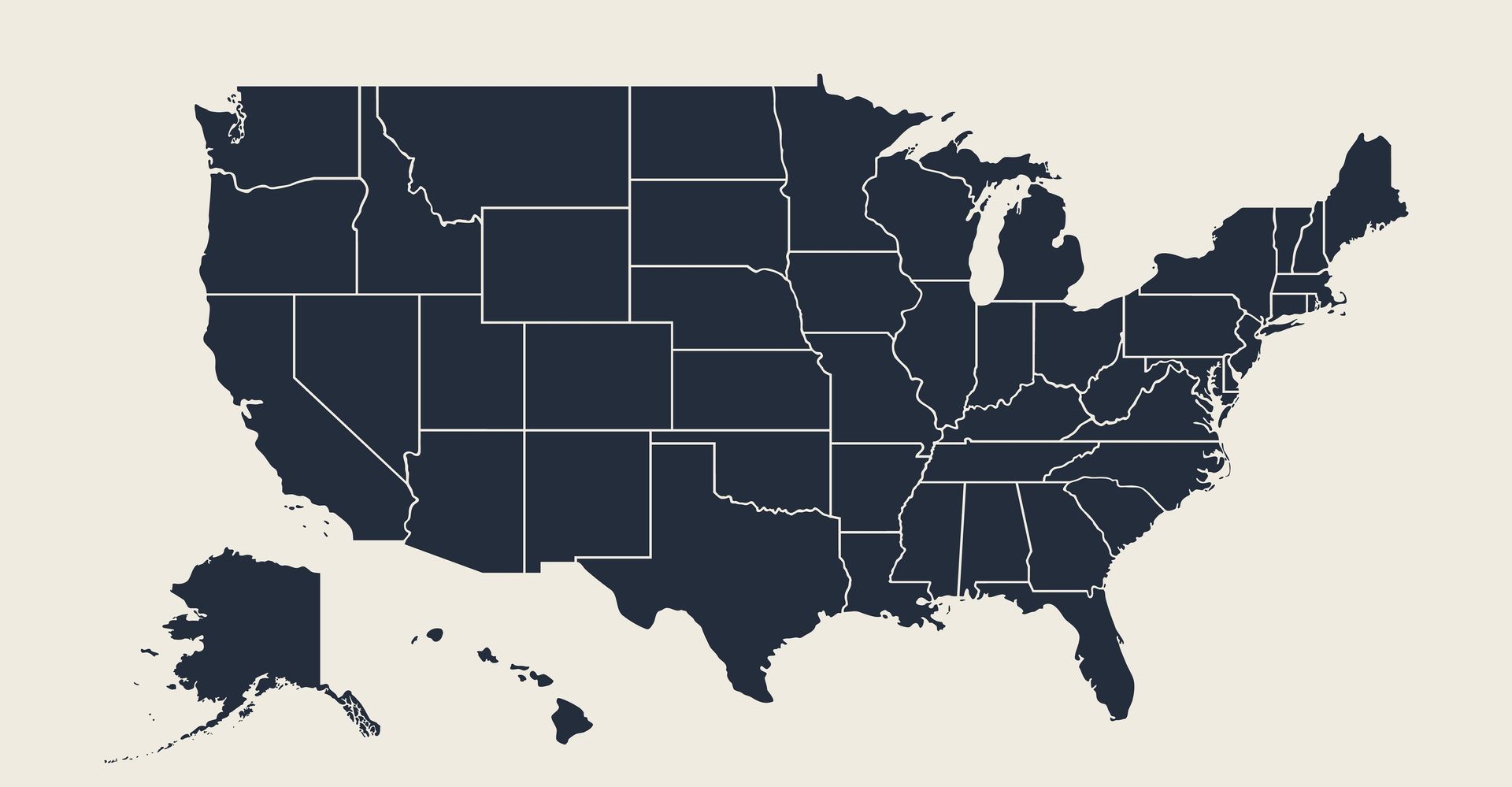AMERICAN AGRICULTURE SPOTLIGHT: TEXAS
AMERICAN AGRICULTURE SPOTLIGHT: TEXAS
Exploring the Diversity of Life Across Texas Counties: Cities, Cattle, and Cultivation
Texas is more than just a geographic giant—it’s a patchwork of cultures, economies, and landscapes so varied that life in El Paso feels worlds apart from life in rural Panhandle towns or urban Houston. From vibrant metropolitan skylines to the vast, windswept plains of cattle country, Texas counties tell many stories about the diversity of life and livelihoods across the state.
Metropolitan Centers: Urban Energy and Opportunity
Cities like Dallas, Austin, and Houston serve as the economic engines and population hubs of Texas. According to the U.S. Census Bureau, as of 2023:
- Houston (Harris County) has over 2.3 million residents,
- Dallas (Dallas County) stands at over 1.3 million,
- Austin (Travis County) recently surpassed 1 million.
These metropolitan areas are marked by a mix of high-density housing, diverse job markets, and a strong focus on education, technology, finance, and healthcare. For instance, Austin is known as “Silicon Hills” for its booming tech sector—home to giants like Dell, Tesla, and Oracle, as well as a thriving startup scene. Dallas and Houston boast major energy and medical industries, contributing to Texas’ consistent ranking as one of the top economies in the country.
Cultural life in the cities is equally diverse, featuring everything from large-scale art festivals and live music (think Austin City Limits) to international cuisine and a rich sports scene. Public transit, high-rise apartments, and walkability characterize many urban neighborhoods, drawing people seeking both work and entertainment.
Rural Regions: Cattle Country and Agricultural Tradition
Travel outside the city limits, and you’ll encounter vast stretches of agricultural land—a critical backbone for both local communities and the state’s economy. With over 127 million acres of farmland, Texas leads the nation in cattle, hay, cotton, wool, goats, and horses, as reported by the Texas Department of Agriculture.
Rural counties like Erath (the “Dairy Capital of Texas”), Castro, and Deaf Smith have landscapes dominated by rolling fields and ranches. Residents here often live in small towns or out on the open range, with lifestyles deeply rooted in farming, ranching, and connection to the natural environment.
- Beef cattle is king in Texas, with an estimated 13.1 million head of cattle in 2023, making up roughly 14% of the entire U.S. inventory.
- Agricultural production: In 2022, Texas’ agriculture industry contributed more than $25 billion to the economy annually. Of this, the cattle and calf sector alone accounted for over $13 billion, with cotton, poultry, corn, and dairy/livestock following closely behind.
- Texas is the nation’s top producer of cotton, generating roughly 40% of all U.S. cotton.
Contrasting Urban and Rural Life
The contrast between metropolitan and rural Texas is striking:
- Population Density: Urban counties are densely populated, with thousands per square mile, while rural counties may have fewer than ten people per square mile.
- Economic Focus: Cities thrive on industry, technology, and services, while rural regions rely on agriculture and resource extraction.
- Lifestyle: Urban dwellers often enjoy diverse amenities and have greater access to higher education and healthcare, but face higher living costs and more congestion. Rural Texans value tight-knit communities, open spaces, and traditional ways of life, though often with fewer healthcare and educational resources nearby.
Bridging the Gap
Despite their differences, urban and rural Texas are deeply intertwined. Cities rely on rural productivity for food and fiber, while many rural economies benefit from connections to urban markets and services. This dynamic patchwork ensures that, whether on a high-rise balcony in downtown Houston or under a big sky on a Hill Country ranch, Texas life remains as diverse and vibrant as the state itself.
Population: Approximately 30 Million.
Number of farms: Approximately 247,000.
Number of people employed by farming: Approximately 200,000.
Top agricultural product in terms of dollars earned: Cattle and calves.
Number one exported agricultural product: Cotton.
Gross Domestic Product (GDP): Approximately $2.4 Trillion.
Five fun and unusual facts about Texas
1. Texas is home to the world’s largest bat colony, located at Bracken Cave near San Antonio.
2. There’s an entire town called “Earth” in Texas, situated in Lamb County.
3. The Dallas-Fort Worth airport is larger than the entire island of Manhattan.
4. Texas has its own pledge of allegiance to the state flag, recited by schoolchildren.
5. The famous phrase “Don’t Mess with Texas” started as an anti-littering slogan in the 1980s.









